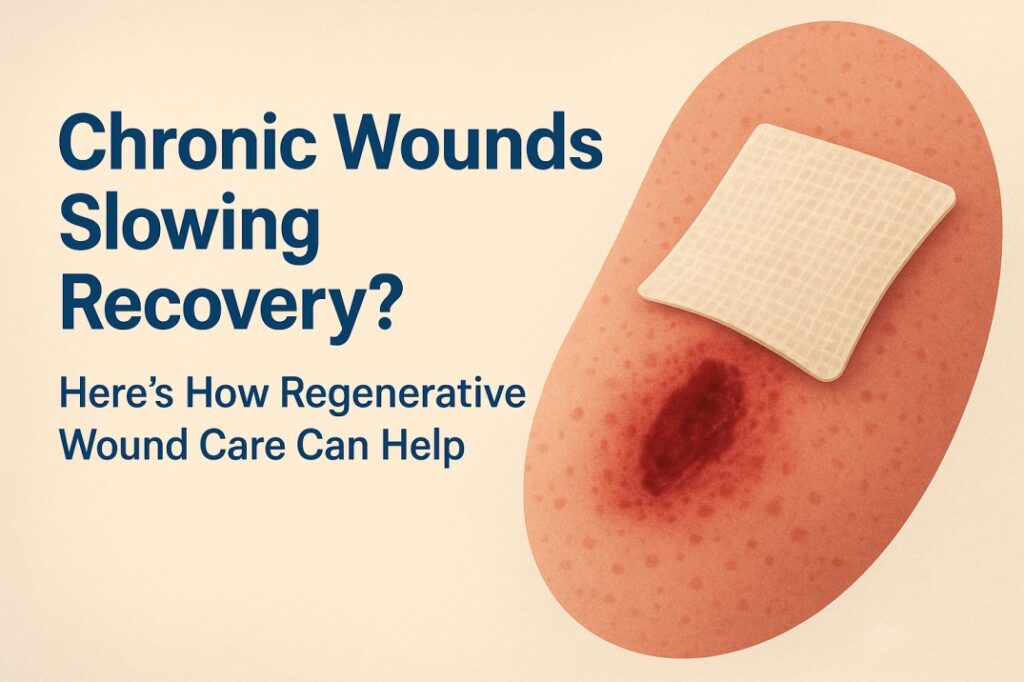Seborrheic Keratosis Treatment in UAE: Addressing Benign Skin Lesions
Seborrheic Keratosis Treatment in UAE (علاج التقرن الدهني في الإمارات العربية المتحدة) are common, non-cancerous skin growths that typically appear as waxy, raised lesions on various parts of the body. While they pose no threat to overall health, their appearance can be a cosmetic concern for many individuals in the United Arab Emirates. Fortunately, a range of effective treatments are available in the UAE to target these skin growths and help individuals achieve smoother, clearer skin. This guide explores the various methods employed to address seborrheic keratoses.
Cryotherapy: Freezing for Effective Removal
Cryotherapy is a widely used and effective treatment for seborrheic keratoses in the UAE. This procedure involves the application of liquid nitrogen, an extremely cold substance, to the skin growth. The freezing temperature destroys the cells of the seborrheic keratosis, causing it to eventually fall off. Cryotherapy is a relatively quick and straightforward procedure that can be performed in a clinical setting. The duration of freezing depends on the size and thickness of the lesion. Multiple small keratoses can often be treated in a single session. The area treated may initially appear white and may develop a blister or scab, which typically heals within a few weeks, leaving behind smoother skin.
Curettage: Gentle Scraping for Removal
Curettage is another common and effective method for removing seborrheic keratoses in the UAE. This technique involves gently scraping off the skin growth using a specialized instrument called a curette. Often, curettage is performed after the lesion has been slightly numbed with a local anesthetic. For thicker keratoses, electrocautery (heat) may be used in conjunction with curettage to control bleeding and further remove any remaining tissue. Curettage is a direct method of removal, and the treated area typically heals with a scab that eventually falls off, revealing smoother skin underneath.
Electrocautery: Using Heat for Destruction
Electrocautery, or electrodesiccation, is a treatment option available in the UAE for seborrheic keratoses. This method utilizes heat generated by an electrical current to burn off the skin growth. Often, the area is first numbed with a local anesthetic. Electrocautery can be used to treat both thin and thicker keratoses. The heat effectively destroys the lesion tissue. Following the procedure, the treated area will typically form a scab that protects the underlying skin as it heals. The scab usually falls off within a few weeks.
Shave Excision: Thinly Slicing the Growth
Shave excision is a technique used in the UAE to remove seborrheic keratoses that are raised above the surface of the skin. This procedure involves using a thin surgical blade to carefully shave off the growth at the level of the surrounding skin. Local anesthesia is typically administered to ensure patient comfort. Shave excision is a relatively quick method of removal and is often used for larger or thicker keratoses. The treated area may be lightly bandaged, and healing usually involves the formation of a superficial scab that resolves over a period of several weeks.
Laser Therapy: Precision Removal with Light
Laser therapy is an increasingly utilized option for the treatment of seborrheic keratoses in the UAE. Different types of lasers can be employed to target and destroy the pigment in the keratoses or to ablate (vaporize) the growth. Laser treatment offers a precise way to remove the lesions and can be particularly useful for cosmetically sensitive areas or for treating multiple keratoses. The type of laser used will depend on the characteristics of the lesions. Following laser treatment, the skin may appear slightly red or swollen, and the treated keratoses will typically crust over and fall off as the skin heals.
Topical Treatments: Limited Role in Removal
While most seborrheic keratoses require physical removal techniques, certain topical treatments may have a limited role in managing their appearance or growth in the UAE. These topical agents, often containing ingredients that exfoliate the skin, may help to thin the lesions or improve their texture over time. However, they are generally not considered a primary method for complete removal. The effectiveness of topical treatments can vary, and they are typically used for specific situations or as adjunctive therapy.
The Importance of Professional Evaluation
It is crucial for individuals in the UAE who notice new or changing skin growths to seek a professional evaluation. While seborrheic keratoses are benign, other skin lesions can be a sign of more serious conditions. A trained healthcare professional can accurately diagnose the skin growth and recommend the most appropriate treatment method based on its size, location, thickness, and the individual’s preferences. Professional evaluation ensures that any skin growths are correctly identified and managed effectively.
FAQs about Seborrheic Keratosis Treatment in UAE
What are seborrheic keratoses? Common, non-cancerous skin growths that appear as waxy, raised lesions.
Is treatment for seborrheic keratoses medically necessary? No, treatment is usually sought for cosmetic reasons.
How does cryotherapy remove seborrheic keratoses? By freezing the growth with liquid nitrogen, causing it to fall off.
What does curettage involve? Gently scraping off the skin growth with a specialized instrument.
How does electrocautery work to remove these lesions? By using heat generated by an electrical current to burn off the growth.
What is shave excision? Thinly slicing off the raised skin growth with a surgical blade.
Can laser therapy be used to treat seborrheic keratoses? Yes, different types of lasers can target and remove the lesions.
Do topical treatments effectively remove seborrheic keratoses? They have a limited role and are generally not primary removal methods.
Why is professional evaluation important for skin growths? To ensure accurate diagnosis and the recommendation of the most appropriate treatment.









